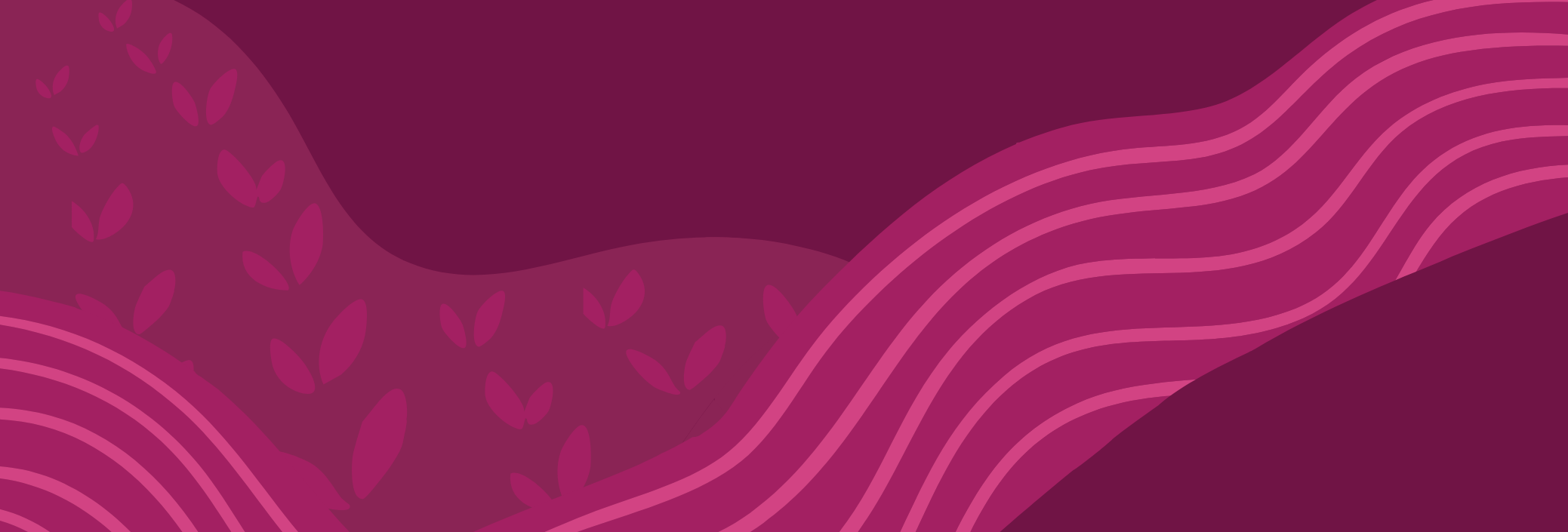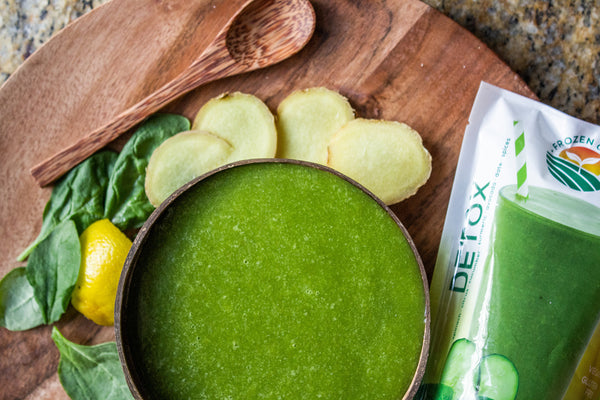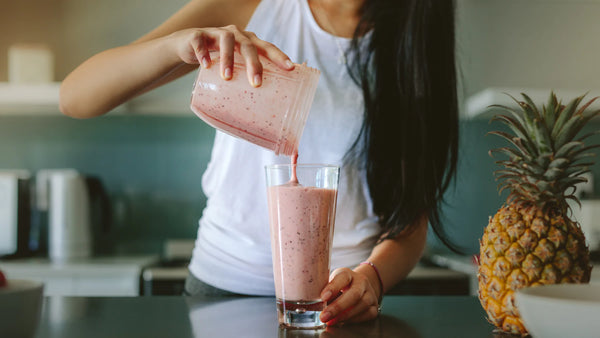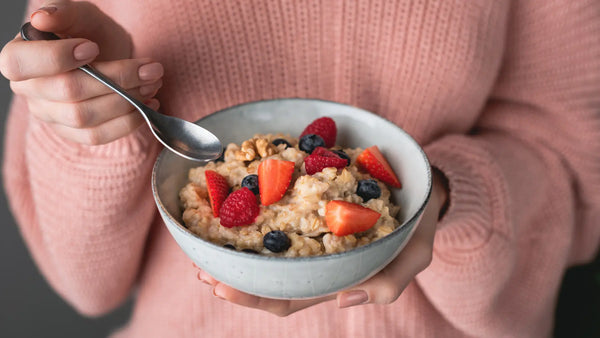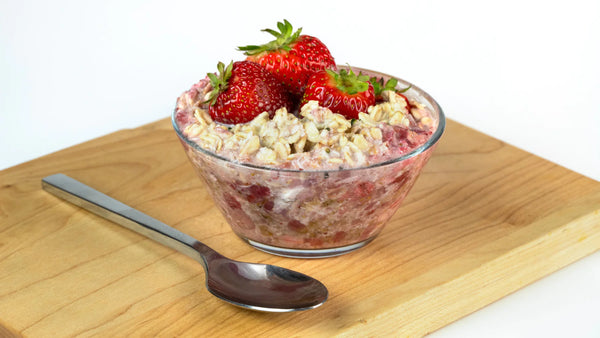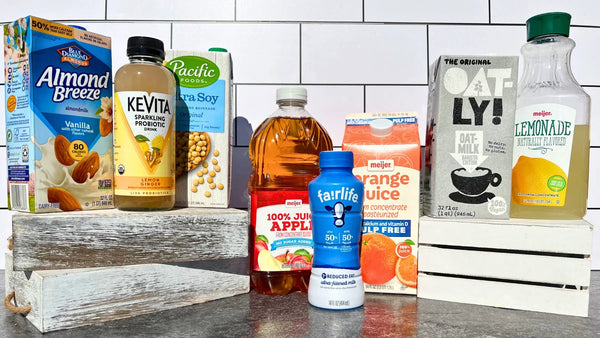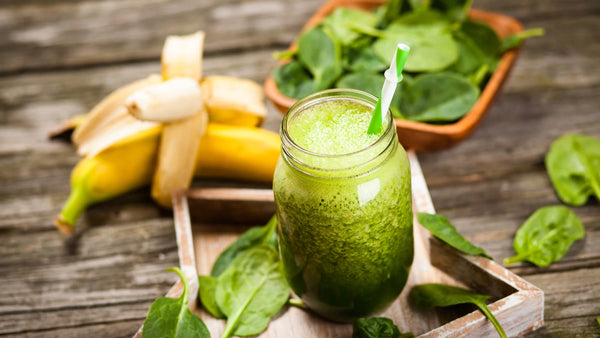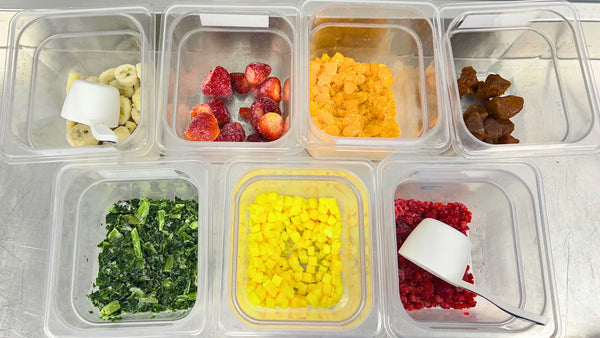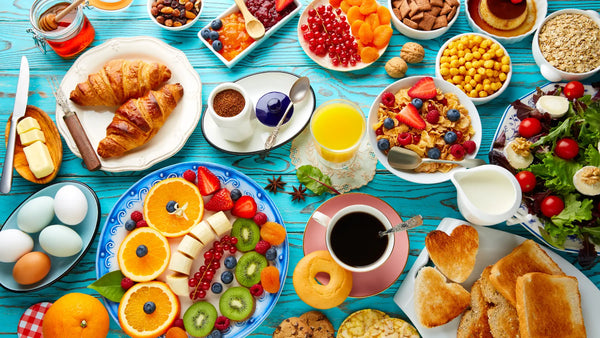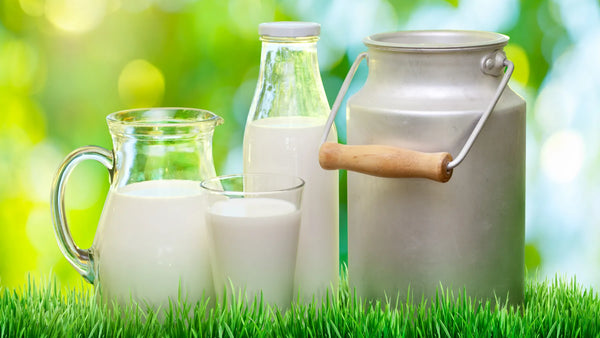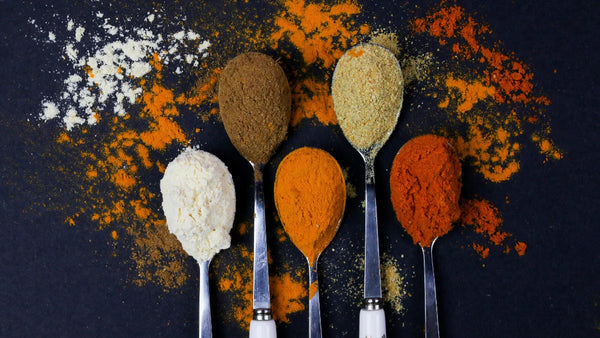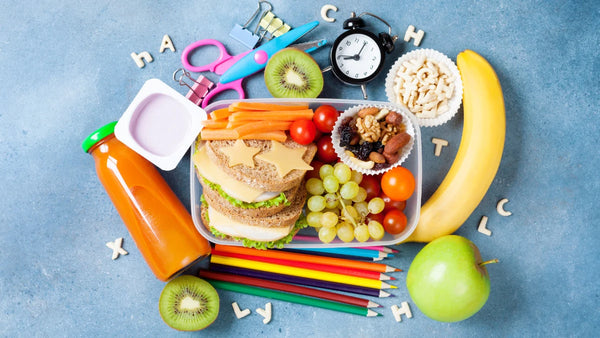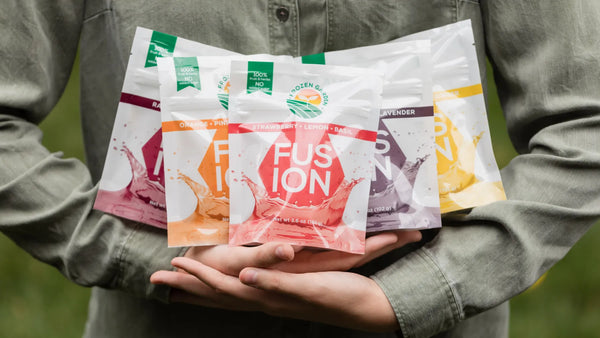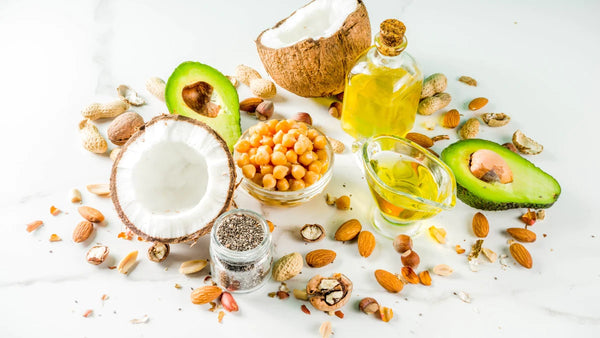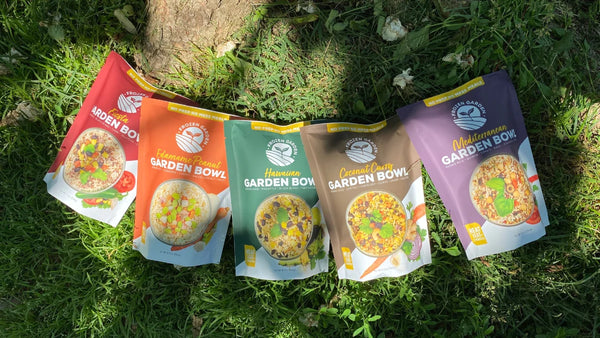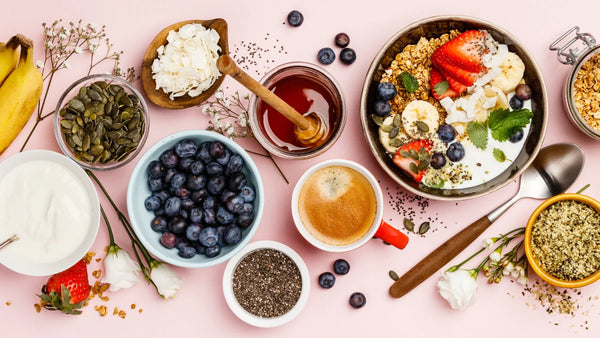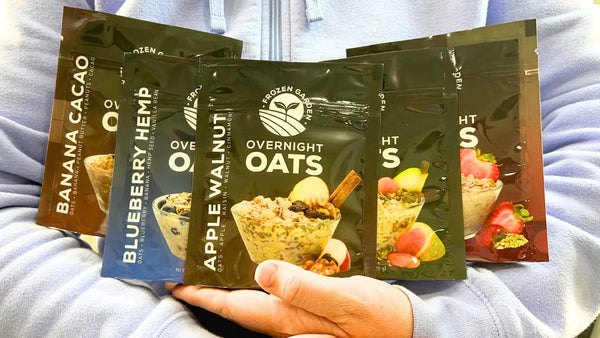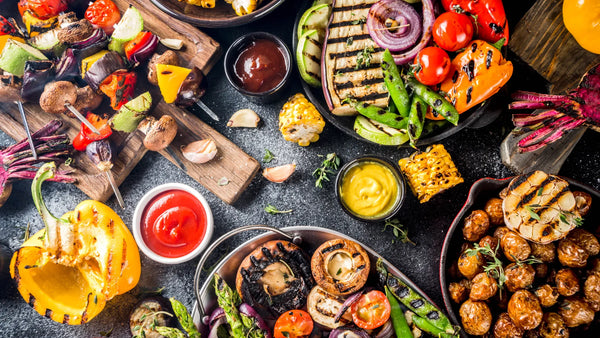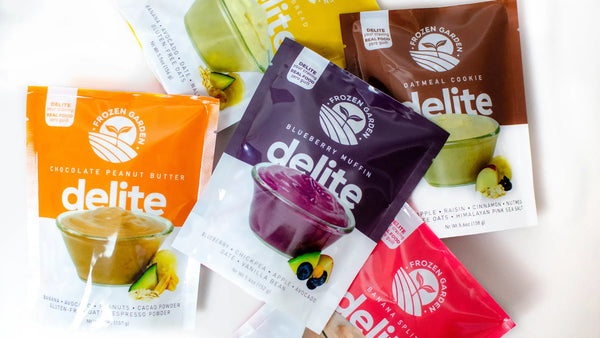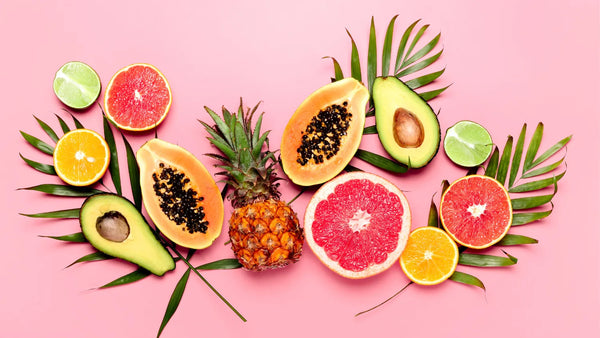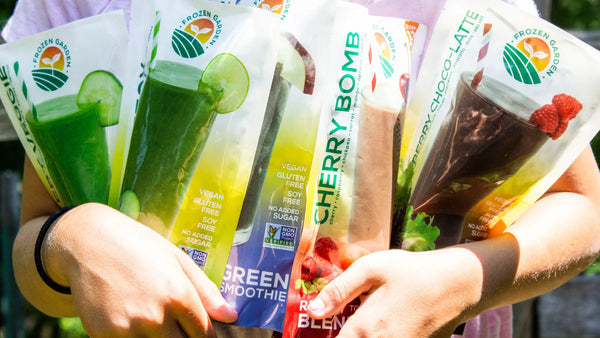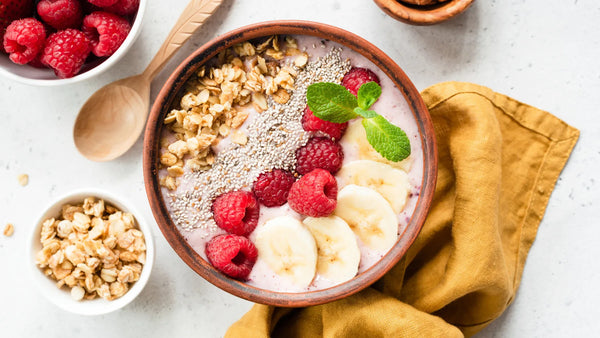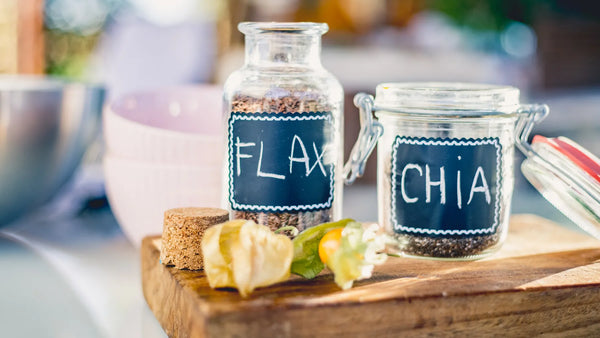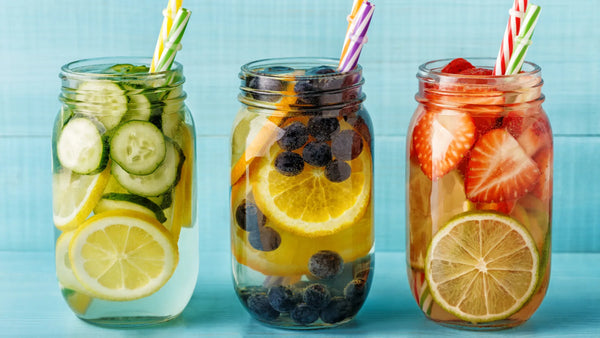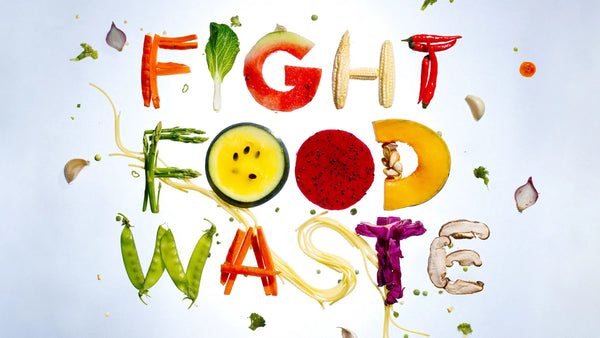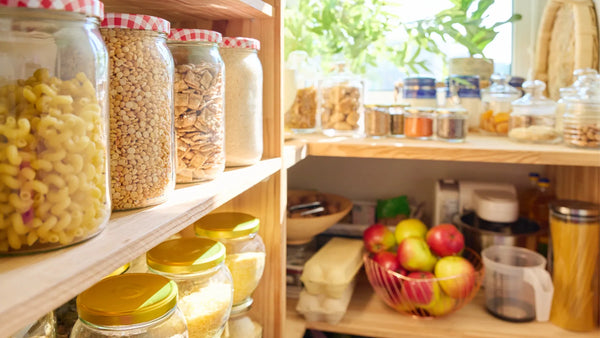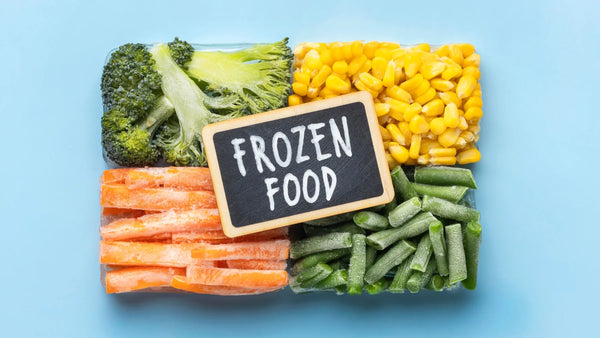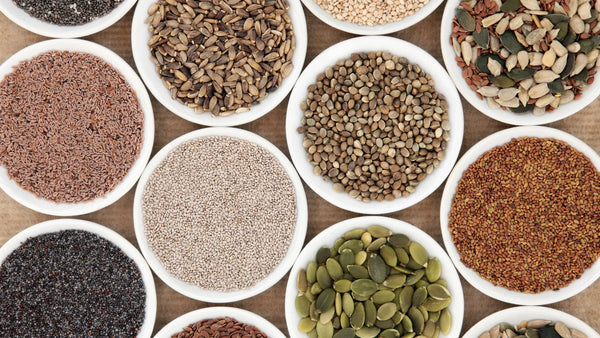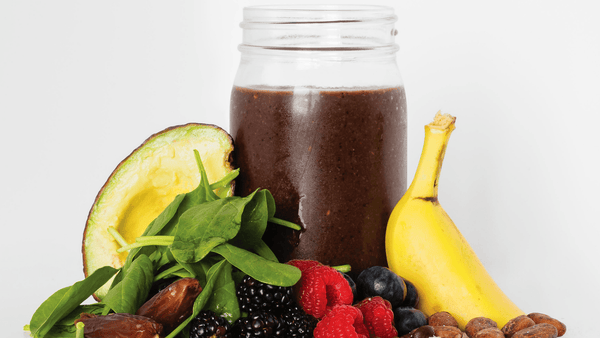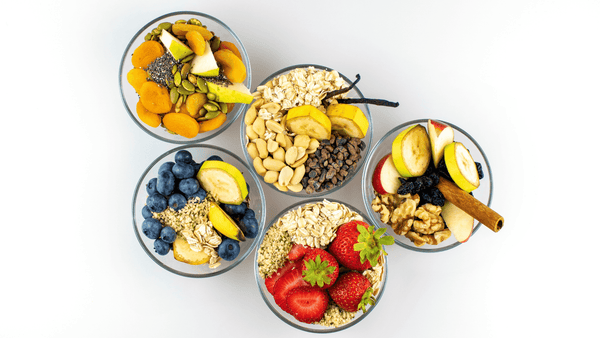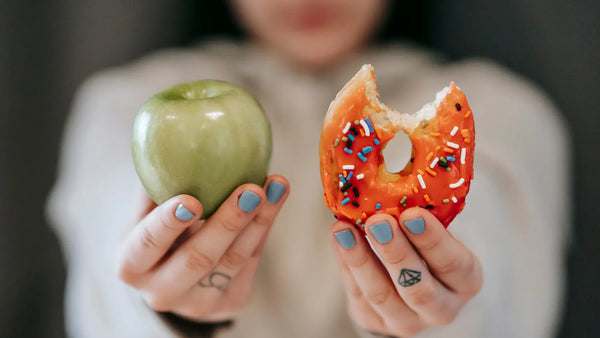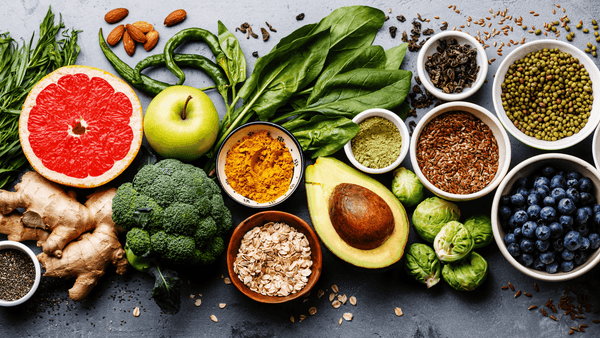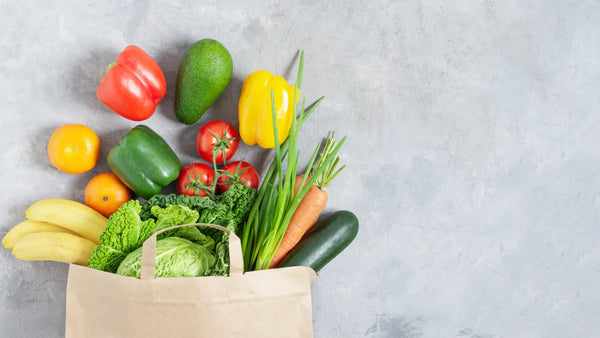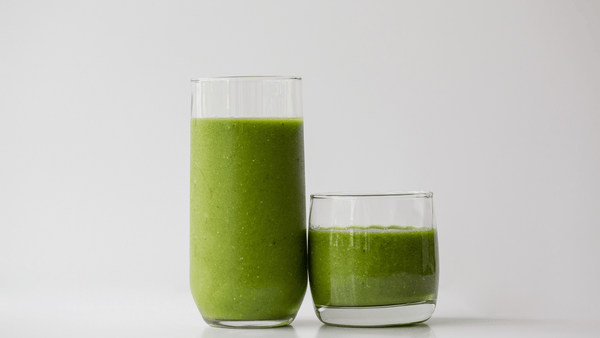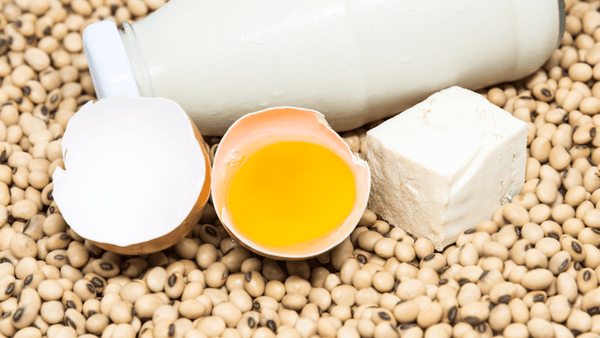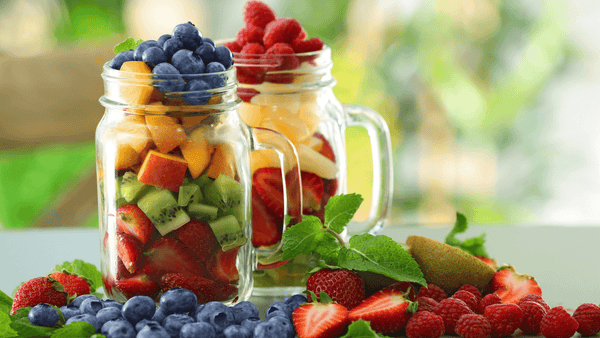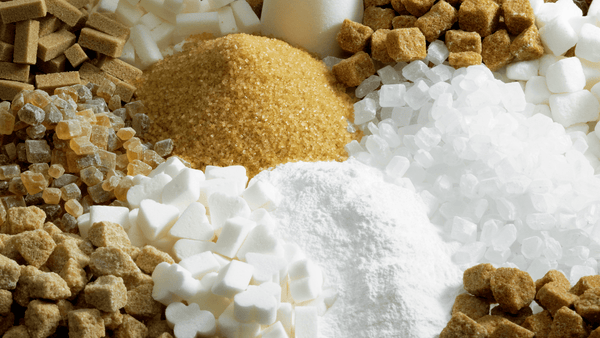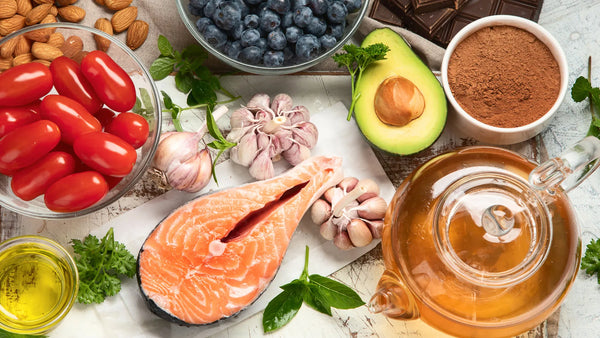Suffering from severe headaches or migraines? Find relief right on your plate with 7 nutritious foods that have been scientifically shown to ease headache symptoms and reduce frequency.
We'll explore headache-busting superfoods. Learn how the vitamins, minerals, antioxidants, and anti-inflammatory compounds in these foods can address nutritional deficiencies, inflammation, and other factors implicated in many headaches.
Get your daily dose of headache-soothing nutrients from delicious Frozen Garden smoothies and other products containing headache heroes like antioxidant-rich cherries. Our natural, whole food ingredients provide proven relief without side effects.
Arm yourself with knowledge of the best foods science has shown to counter headaches, from relieving dehydration to fighting inflammation and more. Take control of your pain through diet and nutrition!

Migraines and severe headaches are one of the most debilitating—and common—ailments in the United States. A Centers for Disease Control and Prevention (CDC) survey found that 20 percent of women and almost 10 percent of men reported having a severe headache or migraine in a three-month period. If you’re one of them, put some relief right on your plate with these seven foods that ease headache pain.
1. Cherries

Studies have found that people with migraines have reduced antioxidant activity. Cherries are chock-full of these nutrients.
This sweet fruit contains an array of polyphenol antioxidants shown to reduce inflammation, a major contributing factor in many headaches and migraines. Several studies have found reduced antioxidant activity and increased oxidative stress in patients with chronic migraine and medication-overuse headaches (a condition caused by overuse of pain-relief drugs).
Try this: Blend cherries with coconut milk, vanilla, and honey, and freeze in an ice-cream maker; toss them with balsamic vinegar, grill until tender, and add to a salad of arugula, goat cheese, and hazelnuts; dip whole cherries with stems in melted dark chocolate for an easy, elegant dessert.
2. Cucumbers

Cucumbers are a whopping 96 percent water!
They're 96 percent water, and can help prevent dehydration, a known cause of many headaches. The reason: when the body is dehydrated, the brain temporarily shrinks and contracts, causing pain. In one study, people with headaches reported a significant improvement in pain and overall quality of life when they were hydrated. In addition to cucumbers, celery, lettuce, peppers, and tomatoes are all hydrating foods that contain as much as 94 percent water.
Try this: Slice them crosswise, then top with smoked salmon; blend peeled cucumber with lemonade and mint for a refreshing drink; purée with Greek yogurt, onions, and garlic for a simple cold soup.
3. Wild Alaskan Salmon

Like sardines, tuna, mackerel, and herring, salmon is rich in omega-3 fatty acids, shown to decrease frequency of headaches. In one study, lower intake of EPA and DHA—the type of omega-3 fatty acids found in salmon and other fatty fish—was associated with higher frequency of migraine attacks. In another study, 74–87 percent of adolescents who took omega-3 fish oil reported a significant reduction in headache frequency, duration, and severity.
Try this: Mix cooked salmon with minced scallions and mashed avocado, and stuff in a taco shell, then top with slaw; sauté smoked salmon, onions, and shredded sweet potatoes into an easy breakfast hash; mix salmon with bread crumbs and seasonings, and grill like a burger.
4. Swiss Chard

The magnesium in Swiss chard and other leafy greens can help prevent magnesium deficiency, which is more common in migraine sufferers than in people who don’t have migraines. In one study, patients with chronic migraines reported significant improvement after taking 600 mg of magnesium daily for 12 weeks. Spinach, beet greens, peanut butter, and tofu are also high in magnesium.
Try this: Brush whole chard leaves and stems with olive oil, and grill until lightly charred; top a pizza with chopped chard leaves, sautéed mushrooms, and leeks; sauté shredded chard, garlic, and cherry tomatoes, then toss with bucatini pasta and grated Asiago cheese.
5. Quinoa

Quinoa is loaded with migraine-preventive nutrients, including iron and riboflavin.
This gluten-free, grain-like seed is rich in nutrients linked with lower risk of migraines, including riboflavin, magnesium, and iron. The high iron content of quinoa—15 percent of the daily value—can protect against iron-deficiency anemia, which has been linked with migraines. Quinoa is also high in folate, a B vitamin shown to reduce migraine frequency.
Try this: Toss cooked quinoa with chopped cucumbers, parsley, mint, green onions, feta cheese, and a light vinaigrette for a gluten-free tabbouleh; sauté cooked quinoa with chopped chard and shallots, then top with a poached egg; cook quinoa, lentils, broccolini, and red onions in a mixture of coconut milk and vegetable broth for a savory soup.
6. Black-eyed peas

Eating a mostly plant-based diet, rich in veggies and beans, might help curb or reduce migraines.
Like other beans, peas, and lentils, they're an excellent source of low-fat, high-fiber, plant-based protein. In one study, a vegan diet was associated with reduced migraine pain. In other studies, a low-fat, high-protein vegan diet reduced frequency of premenstrual headaches. Because they also improve blood sugar parameters, black-eyed peas and other legumes can help prevent chronic migraine, which has been linked with insulin resistance. And they're a good source of headache-busting iron and magnesium.
Try this: Sauté black-eyed peas with shredded collards and sliced okra for a Southern-style side; toss black-eyed peas with chopped spinach, chopped red onion, and diced red and yellow peppers; purée black-eyed peas with tahini, olive oil, and garlic for a riff on hummus.
7. Shiitake Mushrooms

Shiitake mushrooms are high in riboflavin, which is a B vitamin that's been shown to reduce the frequency and duration of migraine attacks with no side effects. In one study, patients who took riboflavin reported a significant drop in headache frequency, and were able to decrease their use of antimigraine drugs. Shiitake mushrooms are also high in magnesium to ease headache pain.
Try this: Sauté sliced shiitakes in sesame oil, then toss with a honey-miso glaze; finely chop shiitakes, ginger, garlic, and green onions in a food processor, and use as a stuffing for potstickers; simmer whole shiitake mushroom tops and baby bok choy in mirin and tamari.
Written by Lisa Turner for Better Nutrition and legally licensed through the Matcha publisher network. Please direct all licensing questions to legal@getmatcha.com.
We know, migraines are no fun. Hopefully, eating one of these foods can help. If you're a cherry lover, we offer four Smoothies and one Delite with cherries. Prefer cucumbers? Check out our Very Veggie and Detox Smoothies.


